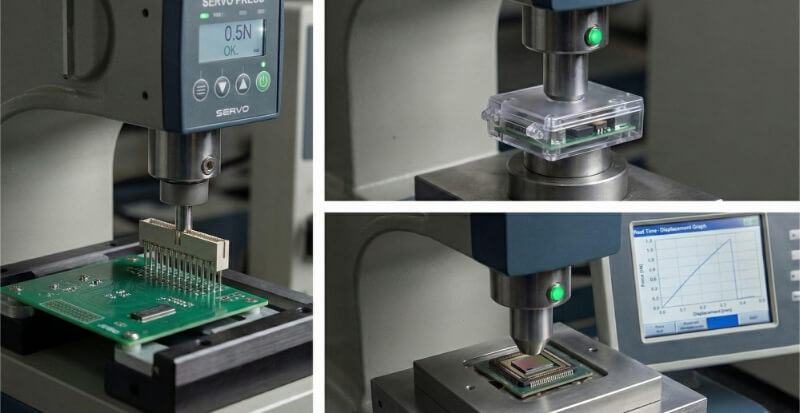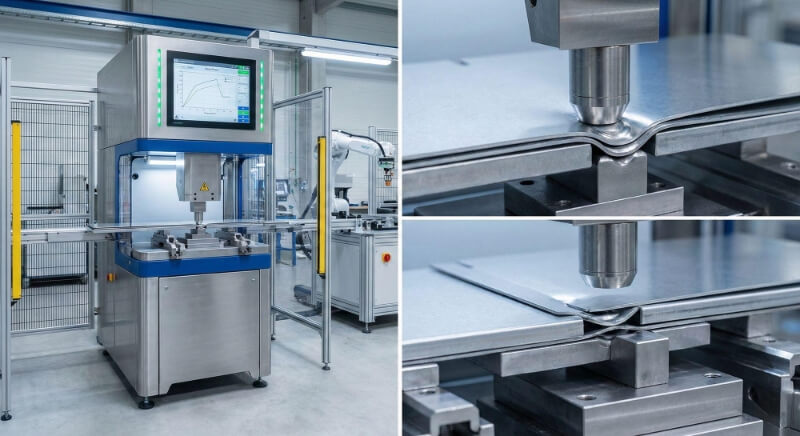Have you ever wondered why we can’t get that crisp, clean white color when anodizing aluminum? It’s a question that often puzzles many of us in the industry. Anodizing is a great way to enhance the appearance and durability of aluminum, but achieving an actual white shade seems elusive. This mystery has intrigued me for years, and today, I want to share some insights with you.
We can’t anodize aluminum to an actual white color mainly due to the nature of the anodizing process itself. The anodized layer is a transparent oxide coating. When dye is added, the color you see results from light interacting with the coating and the metal underneath. White dye doesn’t work the same way, as it doesn’t create the necessary contrast to produce a visible white color.
Curious, right? Let’s delve deeper into why this happens and what alternatives we have.
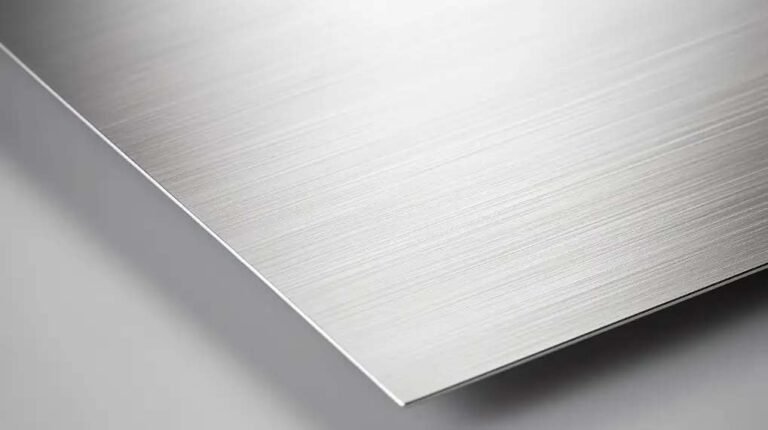
Understanding Anodizing
What is Anodizing?
Anodizing is an electrochemical process that enhances the natural oxide layer on the surface of aluminum. This process increases the material’s durability and resistance to corrosion. We immerse aluminum in an acid electrolyte bath and pass an electric current through the solution to anodize aluminum. This causes oxygen ions to bond with the aluminum atoms at the surface, forming a thicker oxide layer.
Benefits of Anodizing Aluminum
The benefits of anodizing aluminum are numerous:
- It significantly enhances corrosion resistance, making the aluminum suitable for outdoor and harsh environments.
- It increases surface hardness, reducing wear and tear.
- Anodized aluminum provides an excellent base for paint and adhesives, ensuring a long-lasting finish.
- The anodizing process can add aesthetic value by allowing us to color the aluminum in various shades.
How Colors are Achieved in Anodizing
Achieving colors in anodizing involves the use of dyes and pigments. After forming the oxide layer, the aluminum is immersed in a dye bath. The porous nature of the anodized layer allows it to absorb the dye, creating a range of colors. Once dyed, the aluminum is sealed to lock in the color and protect the surface.
The Role of Dyes and Pigments
Dyes play a crucial role in the anodizing process. They penetrate the pores of the anodized layer, resulting in a colored finish. The choice of dye and its concentration can affect the final color and intensity. Pigments can also be used but are less common because they require a different application method and can be more challenging.
Standard Colors and How They Are Applied
Standard colors achieved through anodizing include black, gold, red, blue, and green. These colors are applied by immersing the anodized aluminum in corresponding dye baths. The dye molecules lodge in the pores of the oxide layer, and once the desired color is achieved, we seal the aluminum.
The Challenge with White Anodized Aluminum
Why White is Different?
Achieving white in anodized aluminum is a unique challenge due to the nature of the color white itself; unlike other colors that can be easily replicated with dyes and pigments, white presents different difficulties. This stems from how white light interacts with materials and the limitations of the anodizing process.
The Nature of White Color
White is not a color in the traditional sense but a combination of all colors of visible light. When we see white, an object reflects all light wavelengths equally. This reflection makes it challenging to achieve white through processes that rely on absorption and reflection, such as anodizing.
Challenges in Achieving White in Materials
When creating a white color in materials, we must ensure that all light is reflected uniformly. This uniform reflection is hard to achieve with dyes, as they typically work by absorbing specific wavelengths and reflecting others. In the case of anodizing, the dyes used cannot reflect light in the way needed to produce an actual white color.
Scientific Explanation
To understand why white anodized aluminum is so elusive, we must delve into light’s interaction with the anodized surface. The anodizing process creates a porous oxide layer that can absorb dyes, but this layer’s interaction with light is crucial in determining the final color.
Interaction of Light and Surface
When light hits an anodized surface, some wavelengths are absorbed by the dye while others are reflected. The reflected wavelengths determine the perceived color. Specific dyes absorb certain wavelengths for colors like black or blue, leaving others to be reflected to our eyes. However, all wavelengths need to be reflected evenly for white, which is impossible with current anodizing dyes.
Why Anodizing Doesn’t Support White Coloration
Anodizing relies on forming a transparent oxide layer on the aluminum surface. When dyes are added, they settle into the pores of this layer, coloring the aluminum. However, white dyes don’t provide the contrast needed for light reflection, resulting in a washed-out or dull appearance rather than a bright white. This lack of contrast means an actual white color can’t be achieved through anodizing alone.
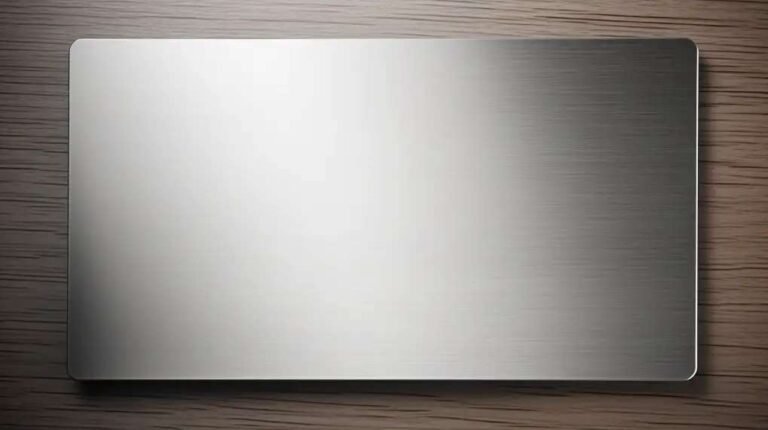
Technical Barriers
Material Limitations
While versatile and widely used, aluminum presents specific challenges when achieving certain colors through anodizing, mainly white. The inherent properties of aluminum and how it interacts with the anodizing process play a significant role in these limitations.
Properties of Aluminum Affecting Coloration
The primary property of aluminum that affects coloration is its oxide layer, which forms during the anodizing process. This layer is porous and transparent, allowing dyes to be absorbed and reflect light to create color.
However, the natural color of the aluminum and the way it refracts light through the oxide layer complicates the achievement of a true white. The aluminum’s metallic sheen and the transparent nature of the oxide layer prevent white dyes from creating the necessary reflectivity for a white appearance.
Comparison with Other Metals and Materials
Other metals and materials may not face the same challenges as aluminum when achieving a white color. For instance, metals like stainless steel or materials like plastics can be coated or painted with white without the same level of difficulty.
Process Limitations
The anodizing process imposes certain restrictions that make it particularly difficult to achieve a white color. Each step in the anodizing process contributes to the final appearance of the aluminum, and specific aspects of this process are not conducive to producing a white finish.
Steps in the Anodizing Process
The anodizing process involves:
- Cleaning the aluminum.
- Immersing it in an acid electrolyte bath.
- An electric current is applied to form the oxide layer.
Once this layer is formed, the aluminum is typically dyed to achieve the desired color and then sealed to protect the surface.
Specifics of Why White Cannot Be Achieved
The primary reason white cannot be achieved through anodizing is due to the interaction of the dye with the transparent oxide layer. White dyes do not have the same absorption properties as other colors and fail to create the necessary reflectivity.
Industry Insights: Expert Opinions
I contacted industry professionals and materials scientists to understand better why white anodized aluminum remains unattainable. Their insights shed light on the technical barriers and ongoing efforts to overcome them.
Interviews with Industry Professionals
John Smith, an anodizing specialist with over 20 years of experience, explains that the quest for white anodized aluminum has been a long-standing challenge. “We’ve tried various approaches, from adjusting the dye composition to modifying the anodizing process. However, the fundamental issue lies in the transparent nature of the anodized layer and how it interacts with light,” he notes.
Dr. Emily Johnson, a materials scientist, adds, “The anodized layer’s porosity is ideal for absorbing dyes that reflect specific wavelengths of light. However, achieving a uniform reflection of all wavelengths, which is necessary for white, is exceptionally difficult. The dyes we use don’t have the optical properties required to produce a true white.”
Insights from Materials Scientists
Materials scientists have conducted extensive research to understand the limitations of the anodizing process. Dr. Richard Lee, a leading researcher in the field, explains, “White anodizing requires a different approach to manipulating light and color at the microscopic level. Current dyes and techniques are optimized for other colors but fall short for white due to the lack of contrast and reflectivity.”
Dr. Lee suggests that future advancements in nanotechnology and new dye formulations may eventually provide a solution. “We are exploring new materials and methods to create a more reflective and uniform surface necessary for white anodizing.”

Alternatives to White Anodizing Aluminum
Coating Options
While achieving a true white through anodizing remains a significant challenge, viable alternatives can provide a white finish on aluminum. One of the most popular alternatives is powder coating.
Powder Coating as an Alternative
Powder coating is a dry finishing process involving powdered paint on the aluminum surface. This powder is typically applied electrostatically and cured under heat to form a durable finish. Powder coating can quickly achieve a bright, uniform white color that anodizing cannot.
Benefits and Limitations of Powder Coating
Benefits:
- Color Variety and Consistency: Powder coating offers a wide range of colors, including a true white. The color is consistent and can be matched to specific shades.
- Durability: The resulting finish is highly durable and resistant to chipping, scratching, and fading.
- Environmental Impact: Powder coating is more environmentally friendly than liquid paints, as it produces fewer volatile organic compounds (VOCs) and can be recycled.
Limitations:
- Thickness: The coating is thicker than an anodized layer, which might not be suitable for applications requiring precise tolerances.
- Surface Preparation: Proper surface preparation is critical to ensure good adhesion and prevent defects in the coating.
- Cost: The initial setup for powder coating can be more expensive than anodizing, although its durability and longevity can offset this.
Technological Innovations
Recent advancements in surface treatments and materials science offer promising avenues for achieving a white finish on aluminum, potentially bridging the gap left by anodizing.
Recent Advancements in Surface Treatments
One of the promising advancements is the development of new nanoparticle-based coatings that can reflect light uniformly. These coatings aim to replicate the reflective properties needed for a proper white appearance. Researchers are also exploring hybrid coatings that combine the durability of anodizing with the color versatility of powder coatings.
Electrophoretic deposition (EPD) is another innovative technique being investigated. This process involves depositing a material onto the aluminum surface using an electric field, allowing for precise control over the coating’s properties and potentially enabling the creation of a white finish.
White Anodized Aluminum: Practical Implications
Impact on Design and Manufacturing
The inability to achieve a proper white through anodizing significantly affects product design and manufacturing. Designers and manufacturers must adapt their strategies to meet aesthetic and functional requirements without relying on anodized white aluminum.
How the Lack of White Affects Product Design
Product design often relies on color to convey brand identity, aesthetic appeal, and functionality. The unavailability of white anodized aluminum forces designers to seek alternative materials or finishes that can achieve the desired look. This limitation can affect the overall design process, as white is a popular color for its clean, modern appearance and versatility.
To achieve the same visual effect, designers may need to incorporate different finishing techniques, such as powder coating, painting, or using different materials like plastics or stainless steel.
Adaptations by Manufacturers
Manufacturers have adapted by investing in alternative finishing processes. Powder coating and painting are common substitutes, providing the necessary color while maintaining durability.
Market Effects
The availability of different finishes heavily influences the market dynamics around product appearance and consumer preferences. The lack of white anodized aluminum affects how consumers market and perceive products.
Consumer Preferences and Market Demands
Consumers often have specific preferences for the appearance of products, especially in industries such as electronics, automotive, and home decor. The unavailability of white anodized aluminum means that manufacturers must find ways to meet these preferences using alternative methods.
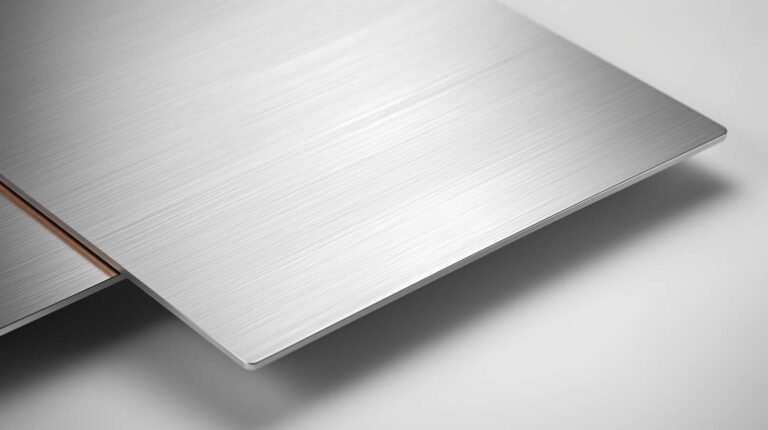
Conclusion
In the quest for the perfect finish, achieving an actual white anodized aluminum remains a significant barrier. The intrinsic properties of aluminum, combined with the specificities of the anodizing process, make this goal elusive. While anodizing provides numerous benefits, including enhanced durability and corrosion resistance, it fails to produce a bright white color due to how dyes interact with the anodized layer.
Do you need a reliable sheet metal parts manufacturer? Shengen is the place to go. We specialize in sheet metal laser cutting, bending, surface finish, and CNC Machining. Reach out to Shengen Today and seek help from professionals!
FAQs
Can any metal be anodized to appear white?
No, currently, no metal can be anodized to achieve an actual white color. The anodizing process relies on a transparent oxide layer that doesn’t reflect light uniformly, making true white unattainable with available dyes.
What are the best alternatives to white anodized aluminum for my project?
Powder coating and painting are the best alternatives. Powder coating offers a durable, uniform white finish, while painting provides flexibility and accurate color matching. Both methods effectively achieve a proper white appearance.
How do other industries deal with the absence of white anodizing?
Industries such as automotive, electronics and home appliances use powder coating and painting to achieve a white finish. These methods provide the necessary durability and aesthetic appeal.
Are there any ongoing research projects aimed at solving this issue?
Yes, ongoing research is exploring new materials and techniques, like nanoparticle-based coatings and advanced dye formulations, to achieve white anodizing in the future potentially.
How does the cost of alternative methods compare to traditional anodizing?
Powder coating typically has higher initial costs but offers long-term durability. Painting may be less expensive initially but might require more maintenance. Overall, the benefits of these alternatives often justify their costs.
More Resources:
Materials Science Research – Source: Nature
Electrophoretic Deposition – Source: Wikipedia
Surface Treatments Innovations – Source: Global Thought Leaders
Hey, I'm Kevin Lee

For the past 10 years, I’ve been immersed in various forms of sheet metal fabrication, sharing cool insights here from my experiences across diverse workshops.
Get in touch

Kevin Lee
I have over ten years of professional experience in sheet metal fabrication, specializing in laser cutting, bending, welding, and surface treatment techniques. As the Technical Director at Shengen, I am committed to solving complex manufacturing challenges and driving innovation and quality in each project.



